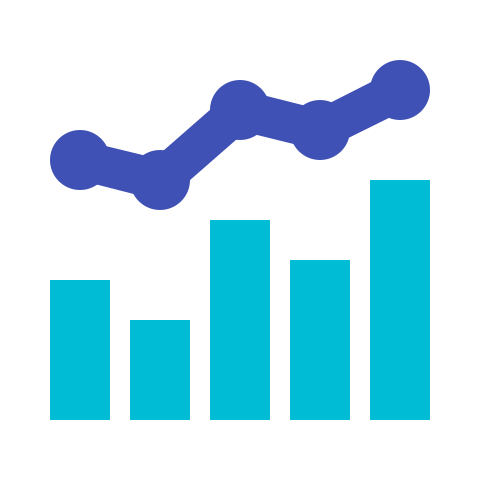


The data was collected from kaggle. However, it has been collected and published by the World Health Organization(WHO). It provides information for countries all over the world. For each country it gives data for the years 1979-2016 (some years are missing for some countries). The data consists of the number of suicides and the population size for different age groups. The smallest age group is 5 - 14 and the biggest one is 75+. It also provides information about gender. It is a large dataset consisting of 43776 entries. Preprocessing of the data included removing empty columns and removing information about a year if the number of suicide for all the age groups are 0.
Link to dataThe world health organization(WHO) is an organization existing for over 70 years. Its purpose is directing and coordinating international health within the United Nations. They work in many areas such as: promoting health through the course of life, acting during natural and manmade emergencies, providing leadership to participating countries on matters related to health. The WHO also collects data from all over the world and provides awareness for many heaalth issues.
Link to website
Both data sets were collected from data-world. However, it has been collected and published by SAMHSA. The data shows information for each state of the United States of America. It provides a percentage of people who has had suicidal thoughts and the percentage of people who has suffered from a major depressive disorder as classified by the DSM-IV. It also gives the Confidence Interval. To understand a confidence interval it is important to understand sampling. During research the whole population cannot be used in the dataset thus the researchers choose a sample of the population. They hope that this sample contains the true mean of the population. They can calculate the confidence interval to validate their hopes. This dataset uses two-sided confidence intervals. The chosen confidence coefficient is 95%. Thus, we expect 95% of the population sample to fall in between the upper and lower interval.
Link to dataSAMHSA stands for Substance Abuse and Mental Health Services Administration. It is part of the U.S. Department of Health and Human Services. SAMHSA attempts to improve treatment of mental illness and substance abuse. It attempts to do this not only to help patients but also society by reducing the burden and consequences that mental illness and substance abuse brings.
Link to website